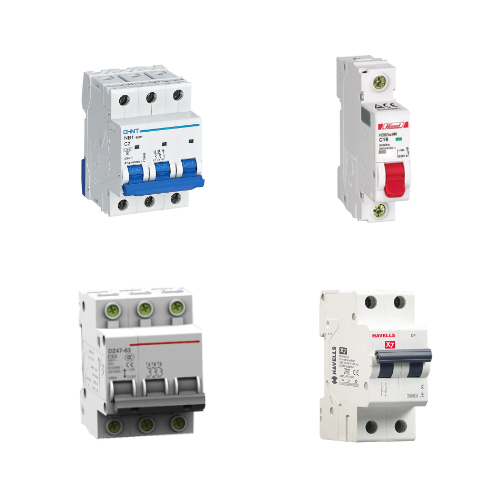GF flow Sensor types mainly include GF Paddlewheel Flow sensor, GF Rotor / Turbine Flow sensor, GF Magemeter flow sensor, GF Ultrasonic Flow sensor, and GF Micro Flow Sensor. They are designed to measure the flow of liquids and gases. Today, this article will introduce different types of flow sensors produced by Georg Fischer Signet.

GF Paddlewheel Flow Sensor

The paddlewheel (or turbine) method involves placing a spinning part in the fluid to detect flow. The fluid is first routed through a laminar flow element to eliminate turbulence and then directed to the wheel or turbine, which rotates proportionally to the flow rate. A magnet on the wheel and a magnetic detector in the housing typically measure the rotation. Optical detectors may be used for clear fluids. Paddlewheels are suitable for low-flow liquids (GPH), and turbines are suitable for low-density gases. These types of flow sensor have more wear due to the spinning part but are low-cost and easy to install.
GF Rotor/Turbine Flow Sensor

GF rotor or turbine flow sensors are similar to paddlewheel sensors but differ slightly in design and application. Rotor/turbine sensors are often used for medium to high flow rates of liquids and gases, especially where high precision and low-pressure drop are required. These types of flow sensors rely on rotating parts to measure flow and are known for their durability and reliability in various industrial applications.
GF Magneto-Inductive Flow Sensor

The magneto-inductive technique measures the flow of conductive liquids. According to Faraday’s law of magnetic induction, a current is induced into a conductor moving through a magnetic field, proportional to the velocity of the moving conductor. The conductive liquid passing through the flow sensor body acts as the conductor. The flow sensor contains coils that generate the magnetic field, and electrodes in the sensor body conduct the current. The current magnitude is proportional to the flow rate. This type of flow sensor has no pressure drop and no moving parts, is unaffected by changes in temperature, pressure, or density, and can handle fluids with contaminants.
GF Ultrasonic Flow Sensor

GF ultrasonic flow sensors use ultrasonic signals to measure fluid flow. Typically, two or more sensor heads are involved, one emitting an ultrasonic signal and the other receiving it. The time difference in signal propagation through the fluid is used to calculate the flow rate. This method suits various liquids and gases, unaffected by fluid temperature, pressure, or conductivity, and has no moving parts, reducing maintenance needs.
GF Micro Flow Sensor

GF microflow sensors are designed for low flow rates and small volumes, often used in medical and research fields. These sensors are exact, providing accurate measurements in minimal flow ranges. Depending on the application, microflow sensors may use various techniques, including thermal, piezoelectric, and capacitive methods.
Conclusion
Different types of flow sensors have distinct features and are suitable for various applications. From paddlewheel sensors for low-flow liquids to magneto-inductive sensors for conductive liquids and high-precision microflow sensors, these devices play essential roles in modern industry. Understanding each sensor’s working principle and suitable applications helps in selecting the most appropriate flow measurement solution.





